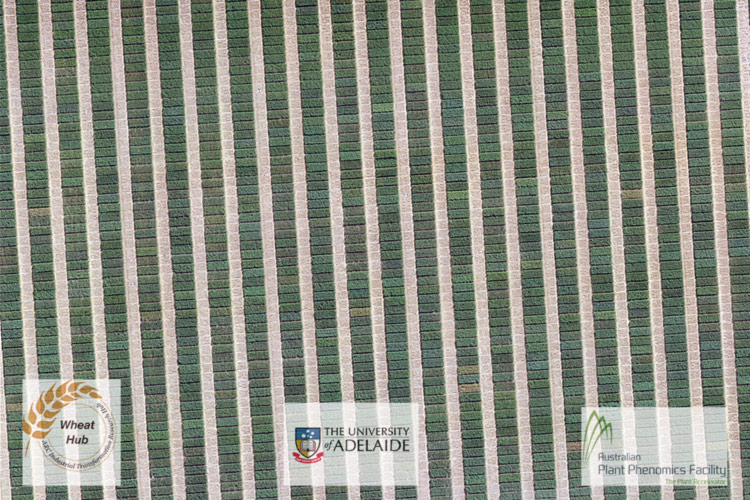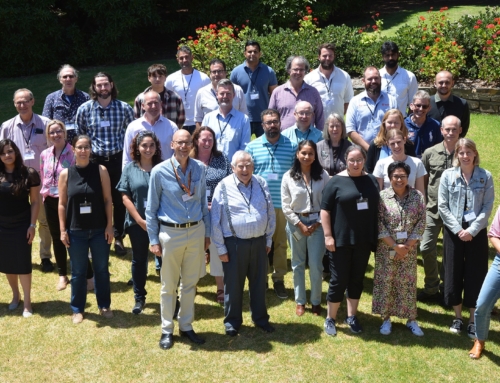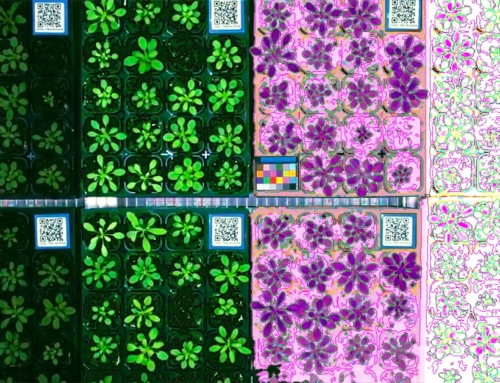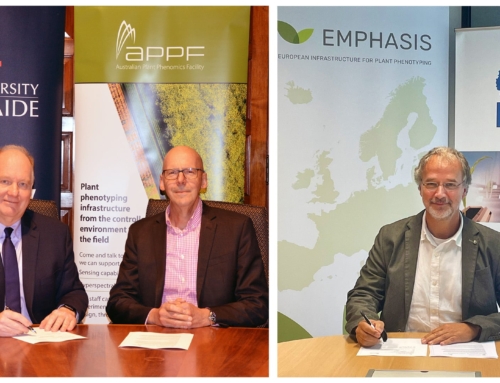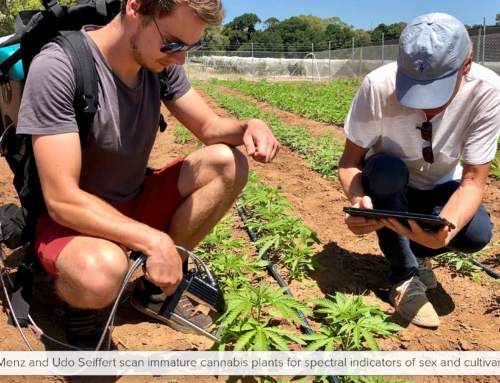Wheat variety development has been given an important boost through a new research hub that pairs three universities with three breeding companies to advance and potentially speed-up new trait discoveries. The hub pulls together advanced pre-breeding technology and fosters its utilisation by commercial breeding programs.
Included is technology that can rapidly screen a vast amount of biodiversity for traits that can potentially improve crop resilience, grain quality and yield.
First among the traits to be targeted by the hub is tolerance to the combined stress of heat and drought. This work is underway at the ARC Industrial Transformation Research Hub for Wheat in a Hot and Dry Climate, a five-year program that is co-funded by the Australian Research Council and the Grains Research & Development Corporation (GRDC). It is headed by Dr Delphine Fleury at the University of Adelaide’s Waite campus. Participant breeding companies LongReach, Australian Grain Technologies and InterGrain are running the field trials associated with typing and screening novel germplasm.
“We are seeing the most progress in the drone program,” Dr Fleury says. “This uses imaging technology to robotically screen plants and algorithms to convert plant growth data to physiological and genetic information. Collaboration between Uni SA, the Australian Plant Phenomics Facility (University of Adelaide Waite Campus) and breeders within the hub has vastly improved the image-processing algorithms, which expands the range of this technology and its capability.”
“With breeding companies running the field trials, breeders also have the opportunity to observe the plants and pick material of interest to them to progress further,” Dr Fleury says. “In the meantime, pre-breeding researchers can phenotype the material and
map genes of interest.”
To further advance heat and drought-tolerance research, 350 lines representing worldwide diversity of spring wheat are also being studied within a heat chamber, where it is possible to apply heat and drought stress at specific stages of the plant’s development.
Read the full article, by Dr Gio Braidotti, in the latest issue of GroundCover here.
To find out how technology at the Australian Plant Phenomics Facility can support your plant research, contact us.


